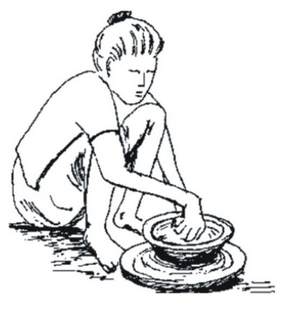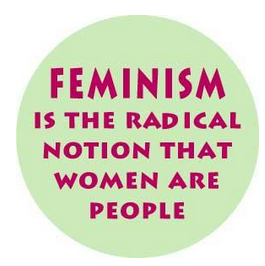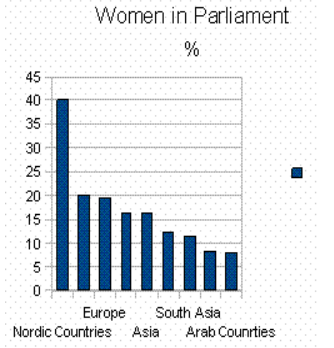Gender And Politics
Gender, Religion And Caste of Class 10
SEXUAL DIVISION OF LABOUR:
- The sexual division of labour has been under practice for time immemorial.
- The result of this division of labour is that women have been confined to a private domain of family, while the public domain has been monopolized by the men.
- Although women constitute half of the population of the world, their role in public life especially in politics is minimum in most of the societies.
- Though the role of women in world politics is increasing but still it is male-dominating.

FEMINIST MOVEMENTS:
Movements which are organized by various women organizations to create equality for women in personal and family life have been termed as Feminist Movement.
- They demanded equal rights for women in all spheres of life.
- There were agitations indifferent countries for the extension of voting rights to women.
- They demanded enhancing the political and legal status of women.
- They demanded improvement in the educational and career opportunities for the women.

DIFFERENT ASPECTS OF LIFE IN WHICH WOMEN ARE DISCRIMINATED:
- Literacy rate:The literacy rate among women is only 54 percent as compared to 76 percent among men. Similarly, a smaller proportion of girl students go for higher studies because parents prefer to spend their resources for their boys' education than spending equally on their daughters.
- Unpaid work: The proportion of women among the highly paid and valued jobs is still very small. On an average an Indian woman works one hour more than an average man every day. Yet much of her work is not paid and therefore often not valued. The Equal Wages Act provides that equal wages should be paid to equal work. However In almost all areas of work, from sports and cinema, to factories and fields, women are paid less than men, even when both do exactly the same work.
- Sex ratio: In many parts of India, parents prefer to have sons and find ways to have the girl child aborted before she is born. This has led to a decline in child sex-ratio, mere 927 girl child per thousand boys.
- Domestic violence: There are reports of various kinds of harassment, exploitation and violence against women. Both urban as well as rural areas have become unsafe for women. They are not safe even within their own home from beating and other forms of domestic violence.
WOMEN’S POLITICAL REPRESENTATION:
Issues related to women’s well being or otherwise are not given adequate attention. One way to ensure this is to have more women as elected representatives. In India, the proportion of women in legislature has been very low. For example, the percentage of elected women members in Lok Sabha has never reached even 10 per cent of its total strength. Their share in the state assemblies is less than 5 per cent.
One way to solve this problem is to make it legally binding to have a fair proportion of women in the elected bodies. This is what the Panchayati Raj has done in India. One-third of seats in local government bodies – in panchayats and municipalities – are now reserved for women. Now there are more than 10 lakh elected women representatives in rural and urban local bodies.
Women’s organisations and activists have been demanding a similar reservation of at least one-third of seats in the Lok Sabha and State Assemblies for women. A bill with this proposal has been pending before the Parliament for more than a decade. But there is no consensus over this among all the political parties. The bill has not been passed.










